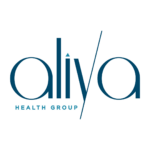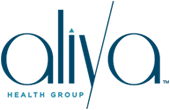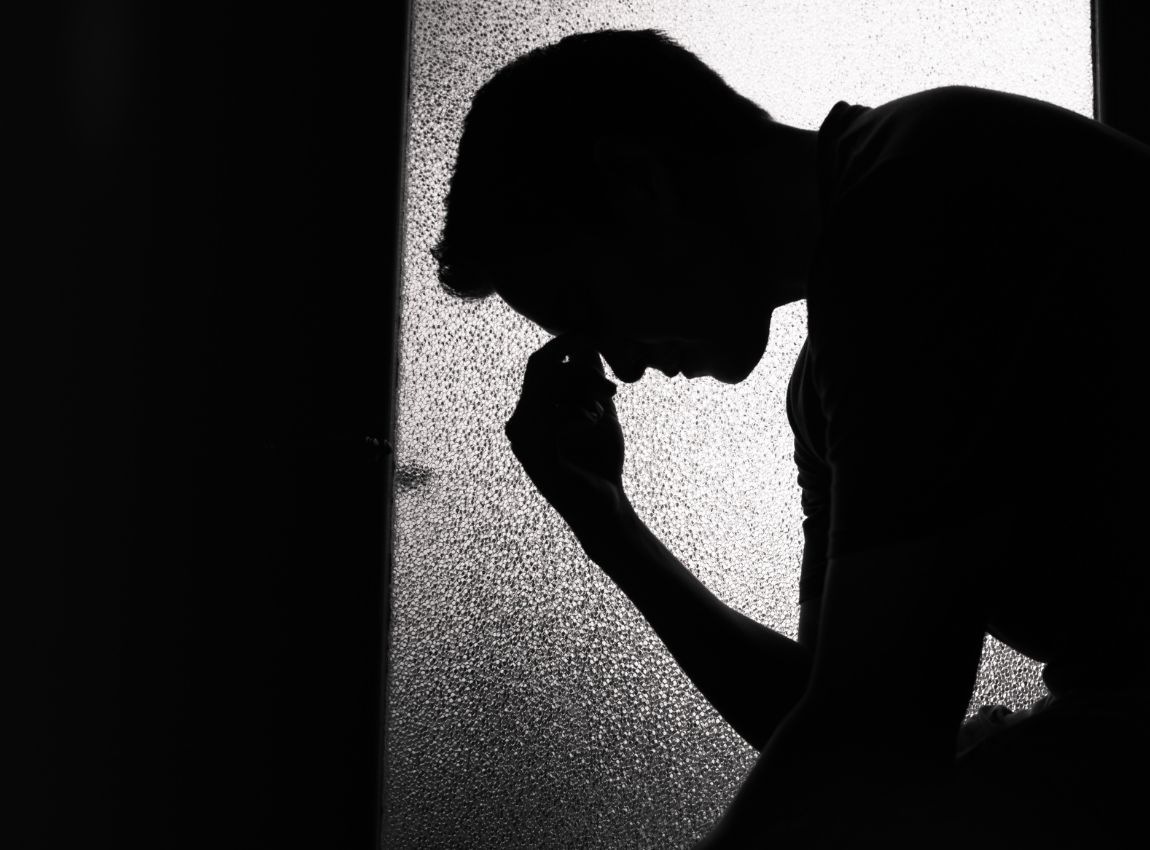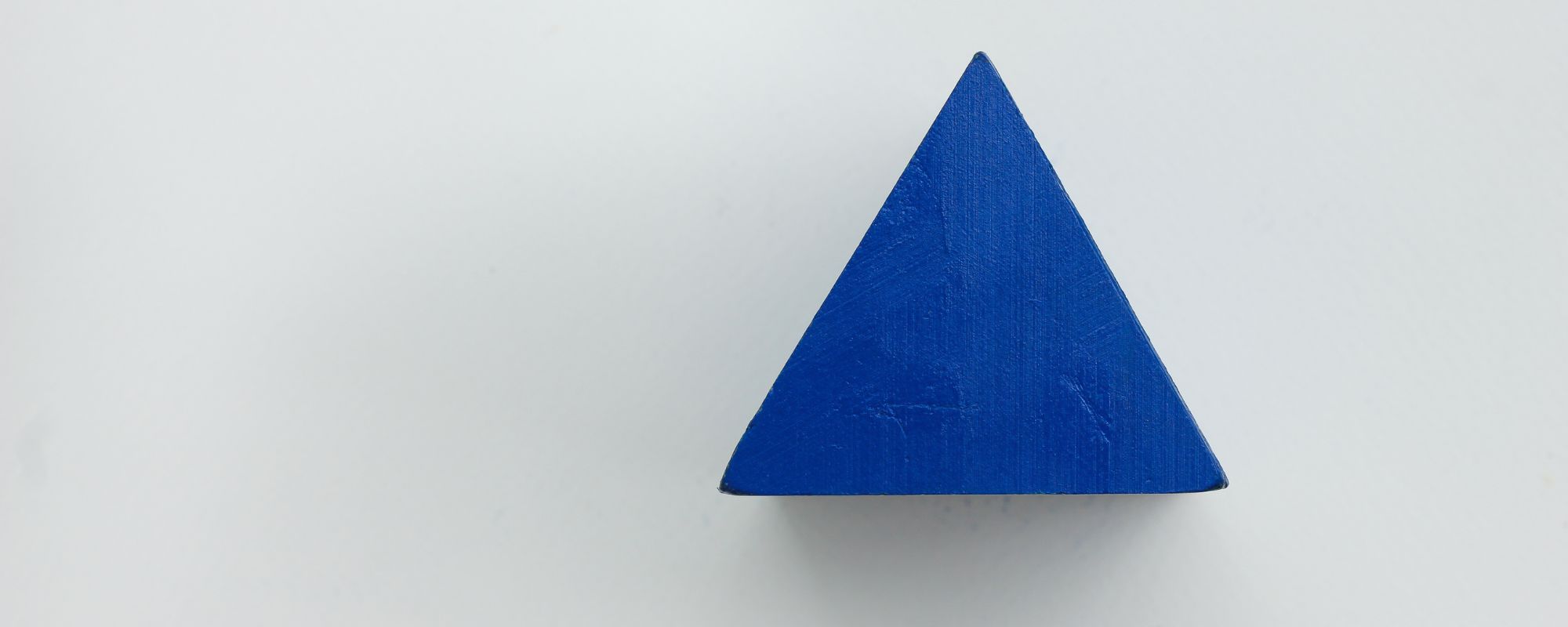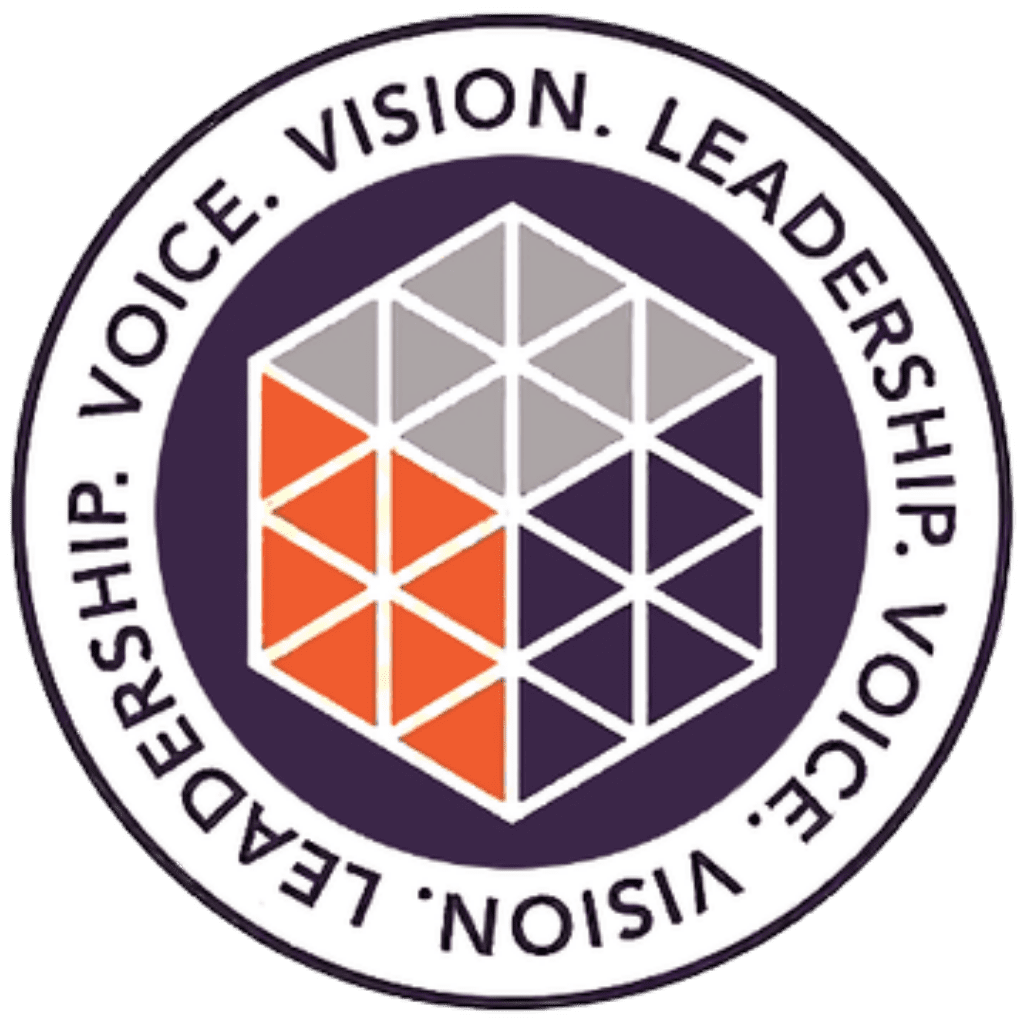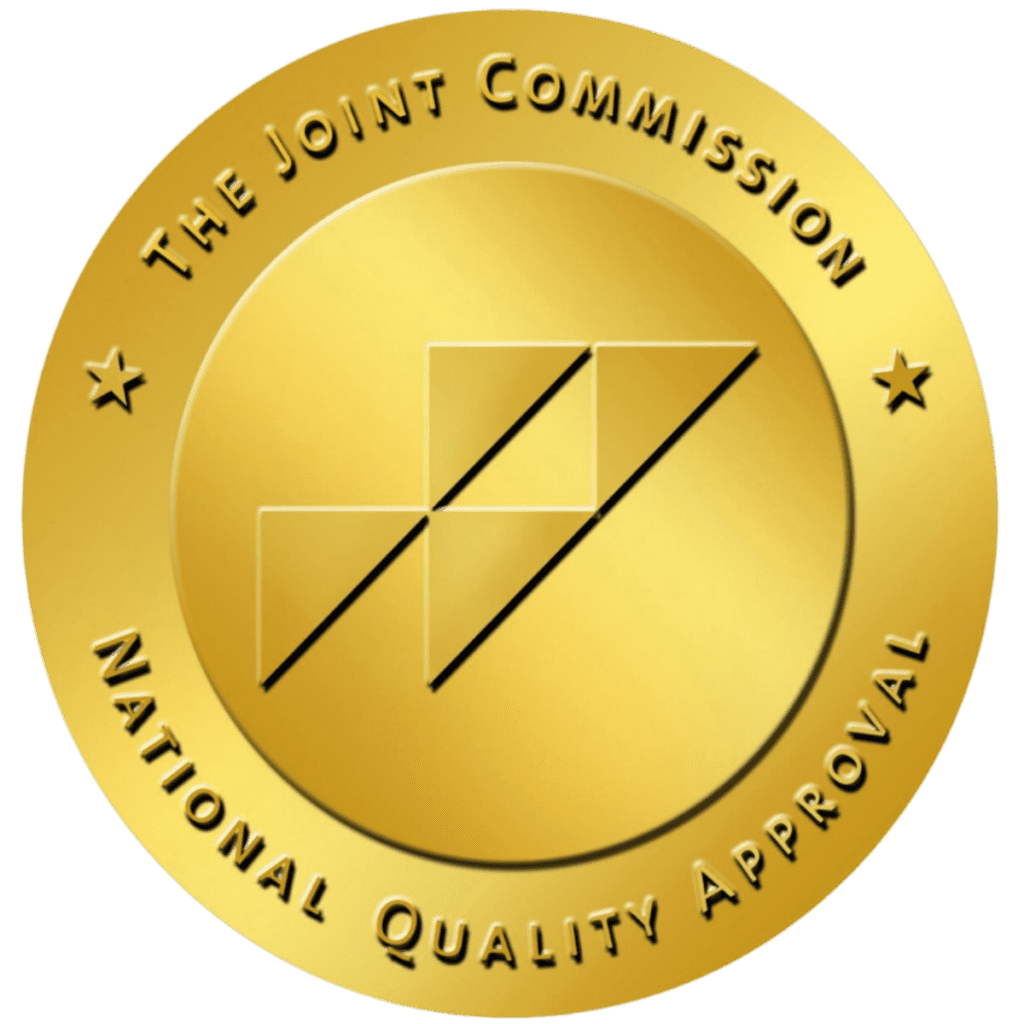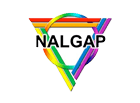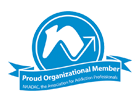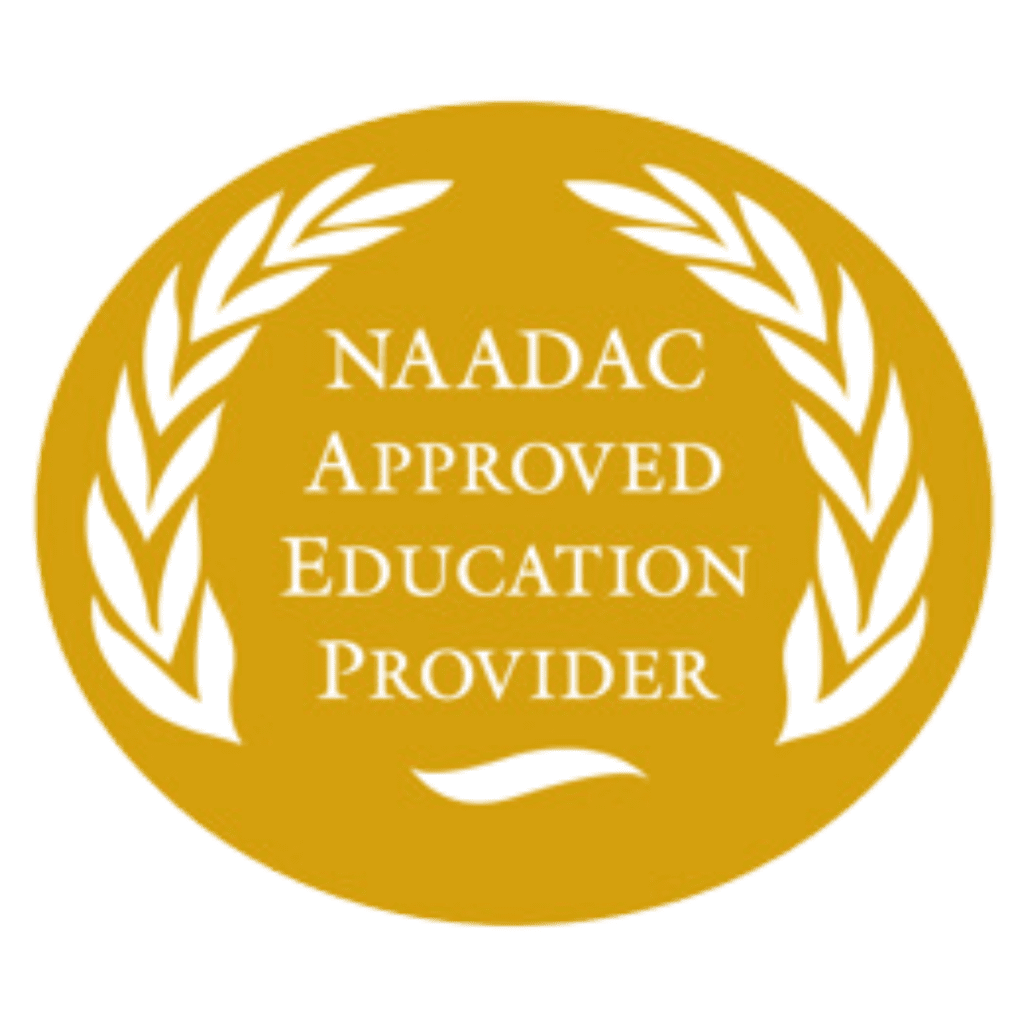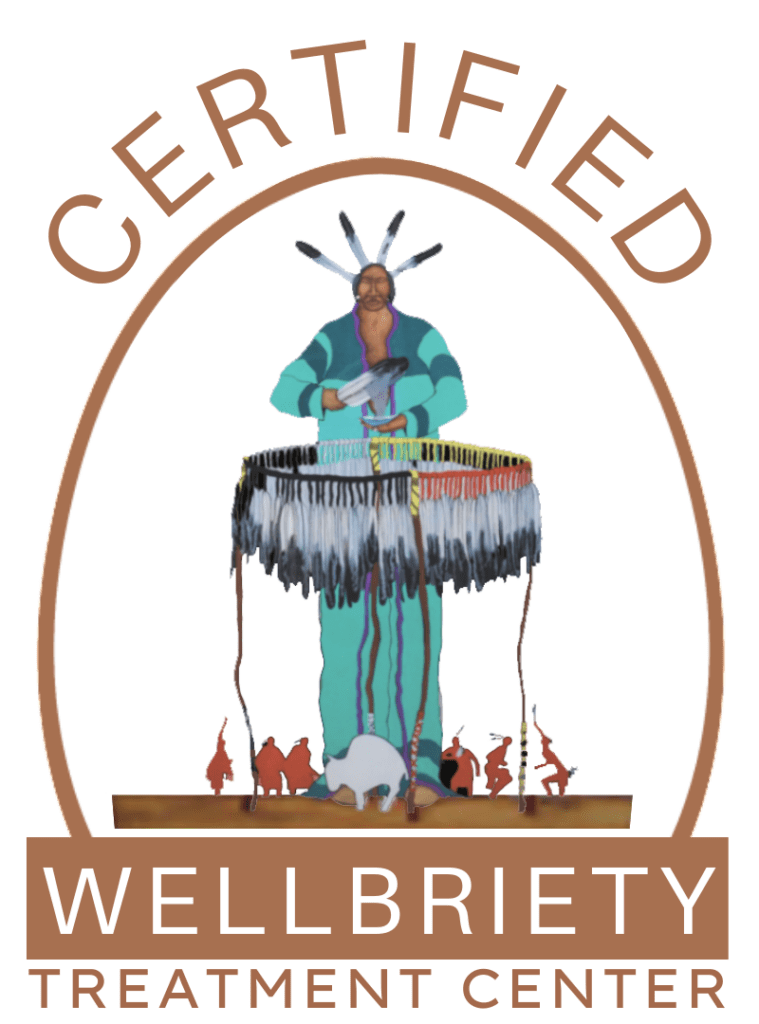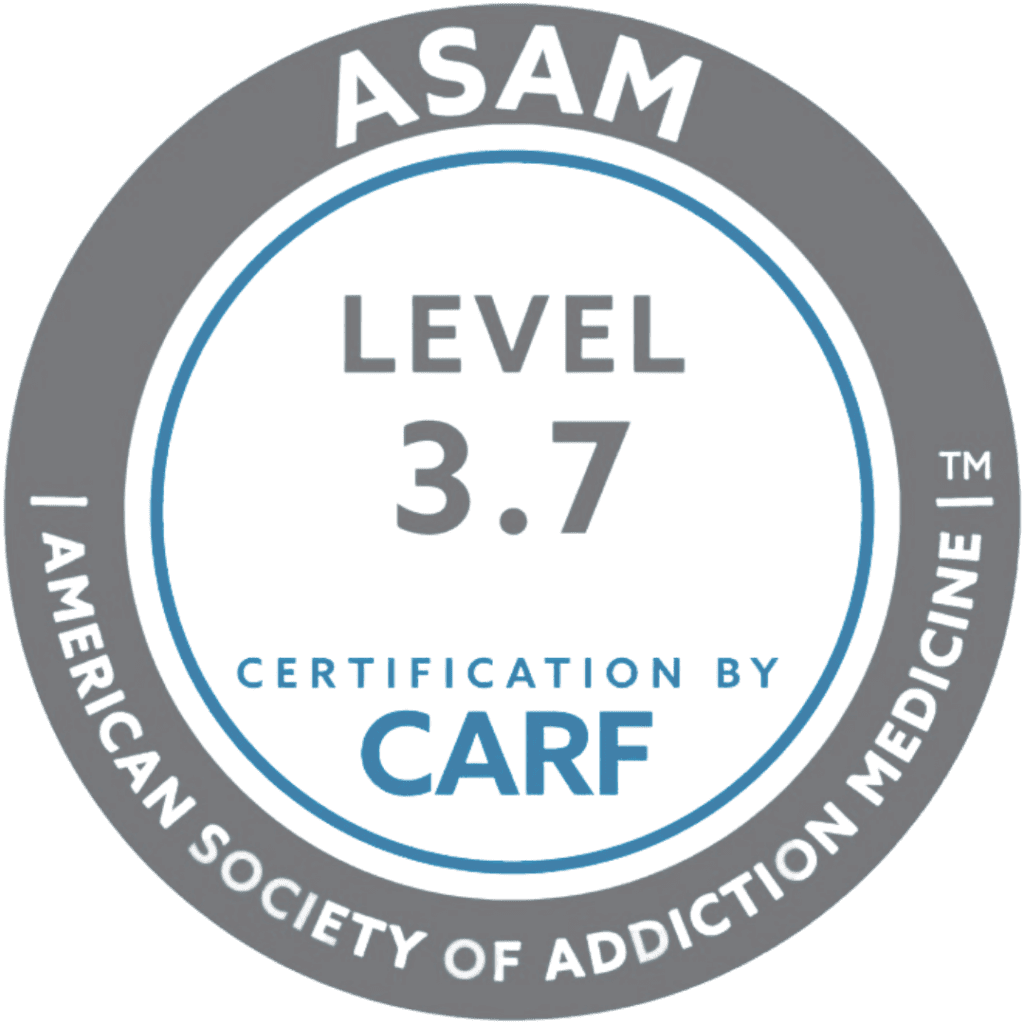Heroin is a dangerous and deadly drug that claims thousands of lives every year. While some users attempt to keep their heroin use a secret, it’s difficult to hide the telltale sign that it can leave on the body. Commonly known as “heroin track marks,” this physical consequence of addiction can remain years after an individual stops using the drug, yet it’s not always enough to make them stop.
What Is Heroin?
Heroin, derived from morphine, is an extremely potent and addictive opioid drug made from the Asian opium poppy plant. Heroin was first synthesized in 1874. The Bayer Pharmaceutical Company, one of the largest drug companies in the world, began manufacturing it commercially in 1898.
At first, Bayer marketed heroin as a cough suppressant. Originally, physicians didn’t recognize the potential for heroin misuse, so some prescribed it to their patients. However, all heroin use became illegal under federal law in 1924, leading to its classification as a Schedule I substance by the DEA. This means that heroin has a high potential for abuse, dependency, and addiction with no accepted medical uses.
What Is Gas Station Heroin?
Some people turn to tianeptine, also known as “gas station heroin,” as a heroin alternative. Also called “ZaZa Red,” or “Neptune’s Elixir,” tianeptine has opioid-like effects and is falsely marketed and sold across the country in gas stations as a dietary supplement. Despite its availability, tianeptine abuse can lead to serious health side effects and even death, prompting the FDA to issue national warnings about the supplement.
Street Names for Heroin
As with all illegal drugs, heroin is known by a long list of street names when bought and sold on the black market. Some of the common street names for heroin include:
Common street names for heroin include:
- H
- Big H
- Black Tar
- Black Pearl
- Smack
- Dope
- China White
- White Stuff
- White Lady
- White Girl
- White Boy
- Brown Sugar
- Brown Tape
- Snow
- Chiva
- Chiba
- Dragon
- Scag
- Mexican Mud
These names can vary depending on region and culture, but they all refer to the same dangerous substance.
What Does Heroin Look Like?
Heroin comes in many forms, including a white powder and a sticky, dark substance known as black tar heroin. This dark color comes from different processing methods for black tar heroin than for pure heroin. While the powder can be snorted or dissolved and injected, the tar form is typically dissolved and injected directly into the bloodstream.
Most heroin is bitter, but different mixtures can produce different tastes. For example, heroin cut with sugar can taste sweet. Heroin can be completely odorless. When mixed with other substances, it can smell like various chemicals, cat urine, or even chocolate. Smoked heroin can smell sweet — like sugar, coffee, or licorice — but it can also smell like burnt food.
How Do People Abuse Heroin?
Heroin can be consumed in various ways, each carrying its own set of risks. Injection, one of the most dangerous methods, delivers an immediate and intense high. This is associated with a higher risk of overdose and transmission of infectious diseases. Intravenous (IV) heroin use is what causes track marks to form.
Heroin has a rapid half-life of just two to six minutes. This refers to how long it takes for the amount of heroin in your body to decrease by one-half. The drug stays in the blood for up to six hours and in urine for up to three days. It can be detected in hair follicle tests for up to 90 days after the last use.
Signs of Heroin Abuse
Heroin abuse is a serious problem that affects millions of people around the world. This highly addictive drug can wreak havoc on a person’s physical and mental health, as well as their relationships and overall quality of life.
Mental signs of heroin abuse:
- Depression
- Anxiety
- Irritability
- Mood swings
- Paranoia
- Psychosis
- Emotional numbness
- Apathy
Physical signs of heroin abuse:
- Weight loss
- Flushed skin
- Constricted pupils
- Eye discoloration
- Poor hygiene
- Nausea and vomiting
- Frequent flu-like symptoms
- Difficulty breathing or shallow breathing
- Drowsiness or nodding off frequently
- Needle or track marks
- Skin infections
Behavioral signs of heroin abuse:
- Increased secrecy
- Social withdrawal
- Isolation from loved ones
- Neglecting responsibilities and obligations
- Lack of interest in hobbies or activities once enjoyed
- Decreased motivation and energy
- Difficulty concentrating or making decisions
- Financial problems
If you suspect someone may be struggling with heroin abuse, it is important to approach the situation with care and concern. It can be difficult for individuals to open up about their struggles with addiction, so it is crucial to create a safe and non-judgmental environment for them to feel comfortable while recovering from heroin addiction.
How to Identify Heroin Track Marks
A visible consequence of chronic heroin use is the development of track marks — scars or bruises resulting from repeated injections. These marks are primarily found on the arms but can appear on other body parts.
Identifying track marks involves recognizing small, puncture-like wounds or discoloration on the skin. While not inherently harmful to health, untreated track marks can lead to severe complications. Seeking medical attention is crucial for managing potential infections or complications that arise.
Get confidential help from our addiction and mental health treatment facilities located across the United States. Call to join one of our quality programs today!
Speak With Our Admissions TeamWhy Is Heroin So Addictive?
From 2019 to 2020, heroin usage has increased among all people aged 12 or older. A large majority of people who used heroin first misused prescription opioids.
- 902,000 Americans use heroin annually
- 25 million Americans will use heroin at least once in their lifetime
- Heroin makes up 4.5% of all illicit drug use in the lifetime of Americans aged 12 or older
- Heroin makes up 1.5% of all illicit drug use annually among Americans aged 12 or older
- 103,000 Americans first start using heroin annually
- 80% of people who use heroin first misused prescription opioids
The addictive nature of heroin stems from its ability to enter the brain rapidly and bind to opioid receptors. This interaction creates feelings of euphoria and pleasure, creating a powerful desire for repeated use. Over time, the brain adjusts to heroin requiring higher doses to achieve the same effects. Many users find themselves chasing the high and doing what they can to acquire more and more of the drug, leading to heroin addiction.
The Dangers of Abusing Heroin
Heroin abuse has numerous dangers and risks associated with it. Due to its highly addictive nature, individuals who use heroin are at a high risk for developing dependency and addiction.
This can lead to detrimental effects on their physical health, mental well-being, and overall quality of life. It is important to understand the dangers of heroin use and to seek help if you or someone you know is struggling with this addiction.
Risk of Overdose
One of the most serious risks associated with using heroin is the potential for overdose. Heroin is a highly addictive substance, meaning that individuals may require larger and more frequent doses to achieve the same high. On top of this, there is no way for users to know the purity or strength of the drug they are using, it is easy to take too much and overdose. Opioid overdoses can result in life-threatening respiratory failure, coma, or death.
Risk of Infection and Disease
Using heroin also puts individuals at risk for contracting infectious diseases such as HIV and hepatitis through sharing needles or other injection equipment. They may also develop infections and abscesses at injection sites or suffer from collapsed veins. Heroin abuse also increases the risks of sexually-transmitted diseases for those who participate in unprotected sex to acquire the drug.
Risk of Mental Decline
People who abuse heroin also face a heightened risk of developing mental health issues. This can include depression, anxiety, and other mood disorders, as well as psychosis and cognitive impairment. These mental health problems can be pre-existing conditions that are worsened by heroin abuse or caused by the drug itself.
Risk of Social Isolation
As the drug takes over a person’s life, they may begin to prioritize getting their next fix over important tasks such as work, school, or family commitments. This can lead to financial problems, job loss, and strained relationships.
Risk of Legal Consequences
This is often a result of the dangerous lifestyle associated with heroin abuse. Many individuals who struggle with addiction may begin engaging in risky behaviors such as stealing to obtain the drug. This can lead to legal troubles and further health risks.
What To Do If A Loved One Is Abusing Heroin
If you are concerned that a loved one is abusing drugs after seeing heroin track marks or drug paraphernalia, it’s crucial to approach the situation with empathy and understanding. while also seeking professional help. Start by educating yourself about the signs of heroin addiction and its treatments. Have an open and honest conversation with your loved one, expressing your concerns without judgment.
Encourage them to seek professional help, offering to support them through the process. Look into drug rehabilitation programs that offer medical detoxification, therapy, and counseling services. Support groups like Narcotics Anonymous can also be beneficial for both the individual struggling with addiction. Remember, recovery is a journey that requires patience, love, and support.
Looking for quality treatment for substance abuse and mental health that’s also affordable? Aliya Health Group's treatment facilities accept most major insurance providers. Get a free insurance benefits check now!
Check Your CoverageWhat Is Heroin Addiction Treatment Like?
First, it’s important to remember that addiction is a disease. It’s not a choice or a moral failing. Addiction often results from dramatic changes in brain chemistry. Breaking free from opioid addiction is an achievable process with the right support. Heroin addiction treatment plans typically involves a combination of medication, therapy, and support groups.
There are several components to heroin treatment and recovery, such as:
- Thorough evaluations
- Medical detoxification
- Withdrawal management
- Intensive therapies
- Drug addiction counseling
- Psychoeducation
- Aftercare planning
During a heroin rehab program, addiction treatment services can be tailored to meet individual needs and may include:
- Medication-assisted treatment (MAT)
- Dual diagnosis treatment
- Behavioral therapies
Depending on a person’s circumstances, these treatment options may be used in combination to address the physical, psychological, and social aspects of addiction. The goal of heroin addiction treatment is to not only help a person overcome their physical dependence on the drug, but also address any underlying issues that may have contributed to their substance abuse.
Medication-Assisted Treatment (MAT)
Medication-assisted treatment (MAT) is often recommended for those struggling with opioid addiction, as it can help reduce drug cravings while promoting long-term recovery. MAT uses FDA-approved medications for opioid use disorders, such as methadone, buprenorphine, and naltrexone to help reduce withdrawal symptoms and prevent relapse.
Dual-Diagnosis Treatment
Dual diagnosis treatment is another important aspect of heroin addiction treatment. It addresses any co-occurring mental health conditions that may be present alongside the substance use disorder. By addressing both the addiction and any underlying mental health disorders including depression, anxiety, or PTSD, individuals have a better chance at achieving long-term recovery.
Behavioral Therapies
Behavioral therapies help individuals identify and change negative thoughts and behaviors that contribute to drug abuse. Common types of behavioral therapy used at addiction treatment centers include cognitive behavioral therapy (CBT) and motivational interviewing (MI). These types of therapy are effective in treating heroin abuse by teaching coping skills to help clients maintain their sobriety during and after treatment.
Heroin Addiction Treatment Options
To successfully address the physical and psychological impact of heroin addiction, medical professionals must embrace a holistic approach to recovery. That’s exactly what you’ll find with Aliya Health Group.
Our heroin addiction treatment programs offer each level of care, including:
- Medical detox: Detox programs are designed to safely and comfortably manage withdrawal symptoms while preparing your body for the next phase of treatment.
- Residential treatment: Residential programs offer 24/7 medical care and supervision while providing time away from potential triggers. These programs place a large focus on intensive therapy and drug addiction counseling to help you build the skills necessary to maintain your sobriety. The length of treatment ranges from 28 to 90 days, depending on the severity of your addiction.
- Partial hospitalization program (PHP): PHPs provide comprehensive care during the day or evenings, involving group therapy, individual counseling, and skill-building workshops with the option to return home or stay in sober living.
- Intensive outpatient program (IOP): IOPs that allow you to continue working or going to school while receiving help for heroin addiction. These programs typically meet three to five days per week for three to four hours each day.
- Outpatient program (OP): OP offers weekly treatment while you continue to live at home and go to school or work. Outpatient typically requires the least amount of attendance in therapy to open up your schedule for work, school, and family responsibilities.
Some people in recovery from heroin addiction continue with therapy or peer-led support groups for several years. Even after you leave treatment, your sobriety will benefit from continuing care. Peer support and continuing to learn will help you maintain a healthy, drug-free lifestyle.
If you or someone you know is struggling with heroin addiction, don’t hesitate to seek professional help and embark on the path to a healthier, drug-free life.
